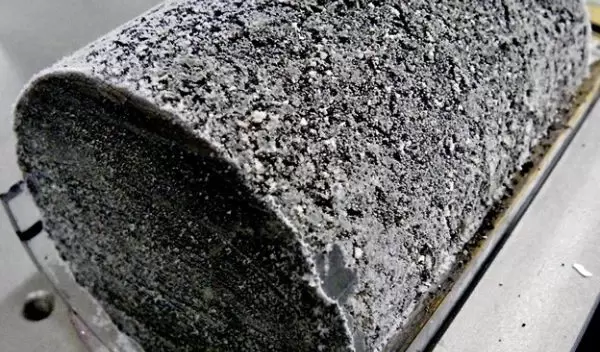
Microbial diversity below the seafloor is as rich as on Earth's surface
For the first time, researchers have mapped the biological diversity in marine sediment, one of Earth's largest global biomes. Although marine sediment covers 70% of Earth's surface, little was known about its global patterns of microbial diversity.
A team of researchers from the University of Rhode Island, Japan Agency for Marine-Earth Science and Technology, the University of Hyogo, the University of Kochi and the University of Bremen found new answers.
For the study, funded in part by the U.S. National Science Foundation and published in Proceedings of the National Academy of Sciences, Tatsuhiko Hoshino, senior researcher at the Japan Agency for Marine-Earth Science and Technology, and his colleagues, including University of Rhode Island scientist Steven D'Hondt, analyzed 299 samples of marine sediment collected as core samples from 40 sites around the globe. The samples were obtained as part of the International Ocean Discovery Program.
Their sample depths ranged from the seafloor to 678 meters (740 yards) below. To accurately determine the diversity of microbial communities, the authors extracted and sequenced DNA from each frozen sample under the same clean laboratory conditions.
The scientists found that microbial community composition differs significantly between the organic-rich sediment of continental margins and the nutrient-poor sediment of the open ocean, and that the presence or absence of oxygen and the concentration of organic matter are major factors in determining community composition.
By comparing their results to previous studies of topsoil and seawater, the researchers discovered that each of these three global biomes -- marine sediment, topsoil and seawater --has different microbial communities but similar total biodiversity.
By combining the estimates of bacterial and archaeal diversity for the biomes, the scientists discovered that bacteria are far more diverse than archaea -- microbes distinct from bacteria and known for living in extreme environments.
"Microbial diversity in the 'dark realm' of marine sediment resembles microbial diversity in the surface world," said D'Hondt. "It's exciting to glimpse the biological richness of this dark world."
Added Mike Sieracki, a program director in NSF's Division of Ocean Sciences, "We knew there was a significant biomass of microbes under the seafloor. Now we know the microbes are very diverse as well."
